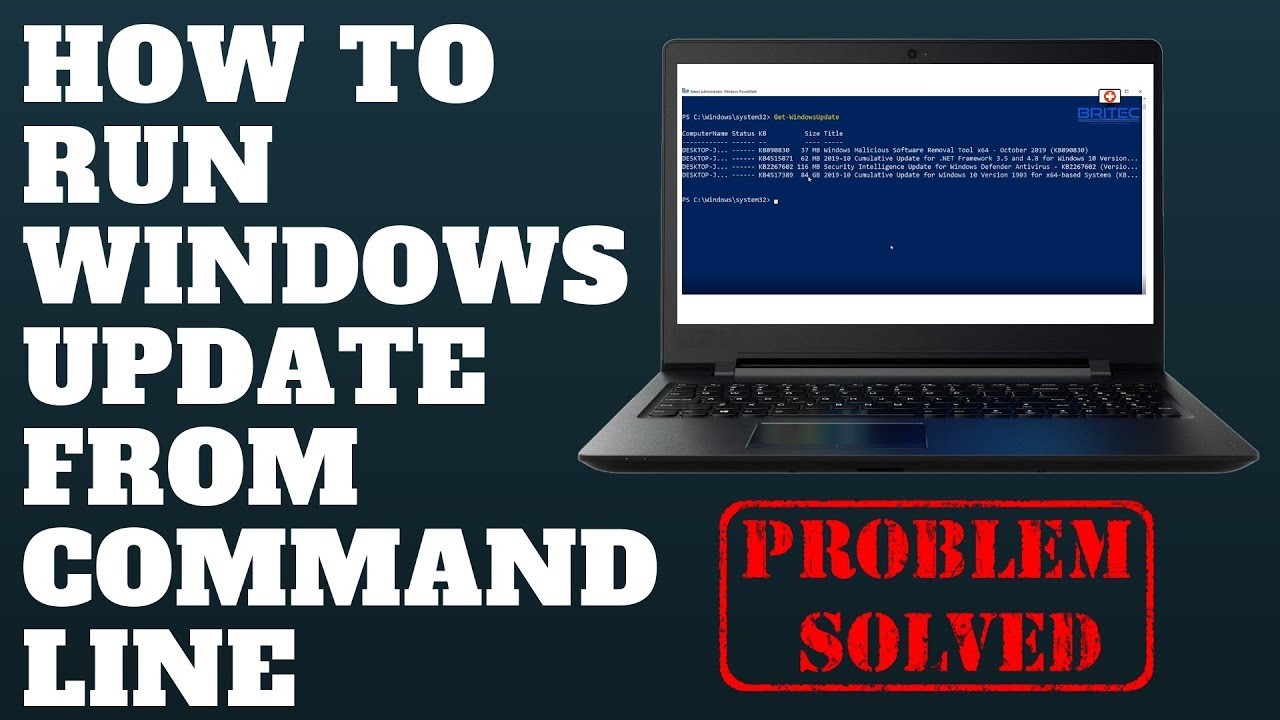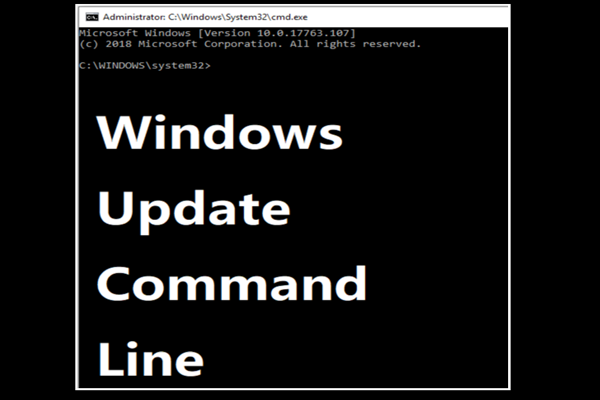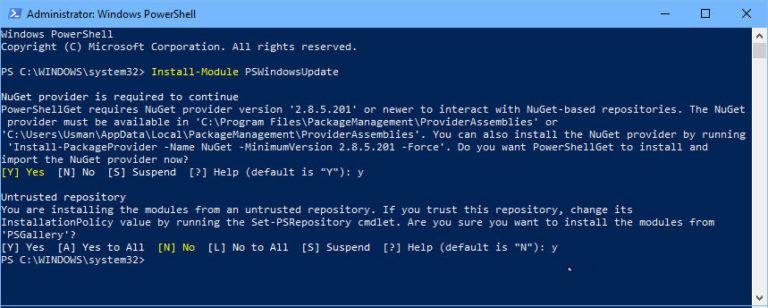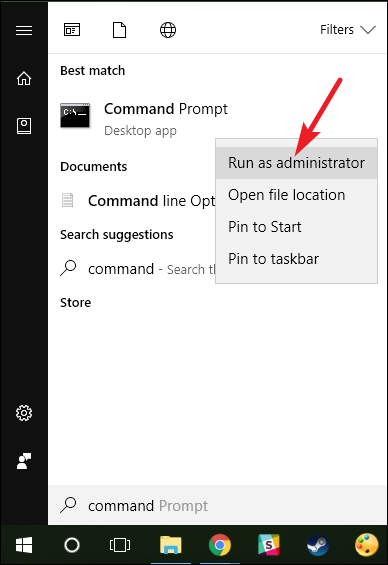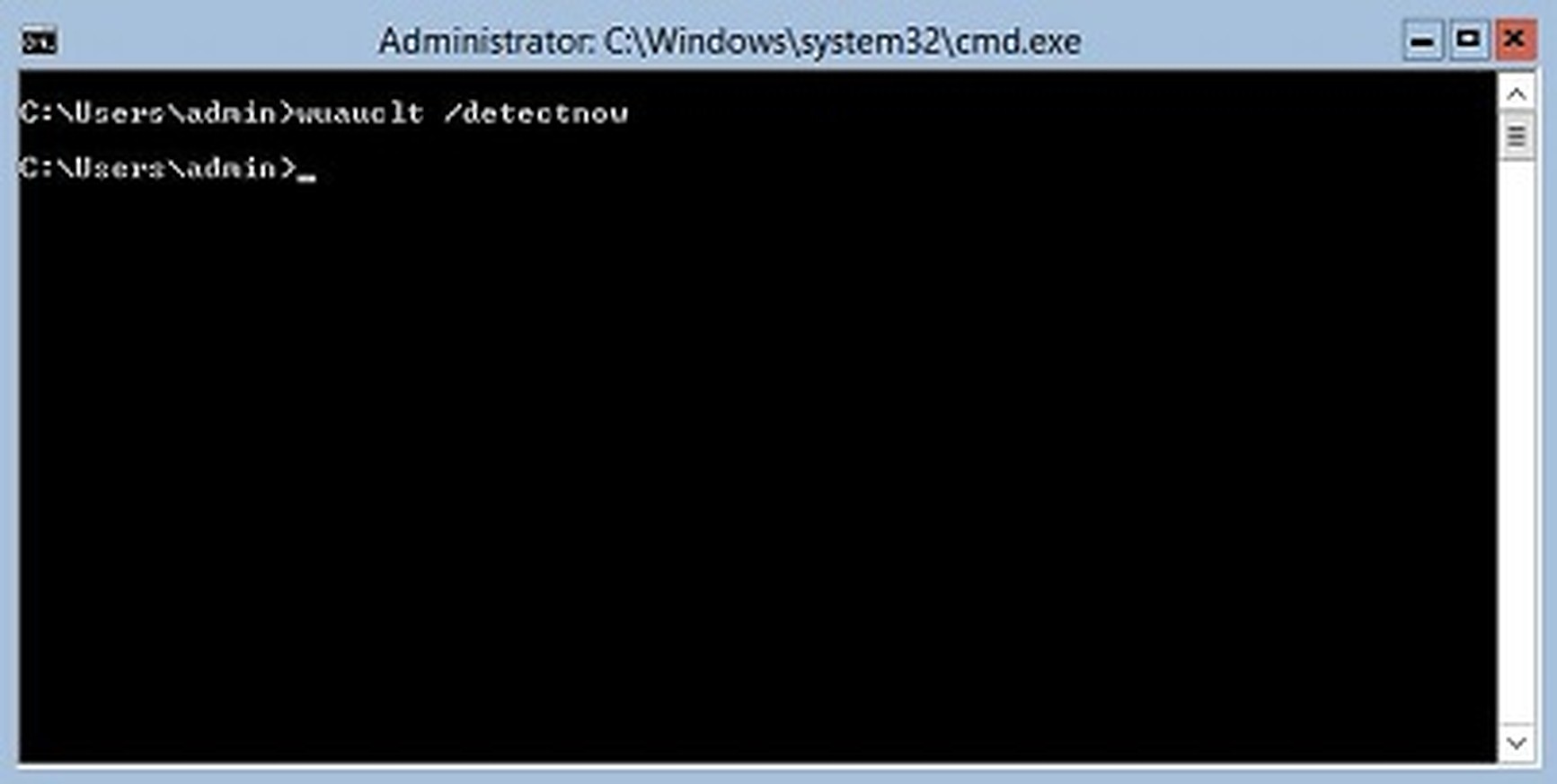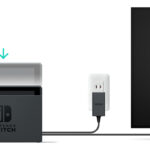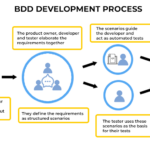Do you want to learn how to run Windows update command line or “windows update cmd” if you use Windows? If that is so, you are in the right place.
We are all aware of the necessity of keeping our computers updated with the most recent security updates, but the process of navigating Windows Update’s numerous menus and options is tiresome. Regular monitoring of which upgrades are essential is frequently difficult, and occasionally it appears as though Windows Update is purposefully trying to make things demanding. However, the issue can be resolved, so don’t be concerned. Your system will always be up to date if you automate the procedure by executing Windows Update from the command line. Quickly launch an application without having to go through a list of applications is made very simple with run commands.
In this article, we’ll go over a couple of different approaches for “run windows update from command line”. In order to learn how keep reading!
Why Should You Update Your Windows?
Every year, security updates are released twice for Windows 10, in particular. If you decide to skip Windows updates because you find them to be so inconvenient, your machine will become more dangerous. Security-related concerns are the main focus of the majority of Windows updates. Your computer is susceptible to virus attacks and hacker exploits if your security measures are inadequate, thus protection is probably the most major element for you.
Microsoft introduces new features to Windows Defender and the Essentials program to fend against malware and strengthen Office security by patching and upgrading Windows use issues. Microsoft will enhance existing applications and add additional functionality to Windows along with improving Windows security.
How to Prepare for a “Run Windows Update Command Line”?
The most crucial step you must do before executing Windows update through Command Line is to make a backup of your operating system. When reinstalling the system, some users may run into issues that lead to the reinstallation process failing. A few folks won’t upgrade Windows, too.
Loss of data, system file corruption, as well as other difficulties are inevitable as a consequence of the upgrade failure. Therefore, you may do an advanced backup of the computer to another hard drive or create a portable external hard drive to minimize system corruption caused by upgrade failure or computer incapacity to begin.
Methods To “Run Windows Update Command Line”
However, there are two most productive methods to “run windows update from command line”. Well, Windows PowerShell and Command Prompt are two possibilities for performing Windows updates. Keep reading to learn all in detail.
Run Windows Update Command Line using Windows Powershell
You can update Windows 10 from XP quickly and easily with Windows PowerShell. Microsoft Windows was the inspiration for PowerShell, an undertaking command-line shell and programming languages. Your Windows system management may be managed and automated thanks to it.
You can automate processes, manage configuration information, and keep tabs on system activities with Powershell’s robust scripting environment. PowerShell also provides a command-line interface that is interactive and allows you to enter commands and view their outcomes. To update PowerShell command, follow the steps given below –
- First, the Start menu may be accessed by pressing the window key, and then Windows PowerShell should be typed in. When the Windows PowerShell application appears in the search engine results, right-click it and click Run as Administrator. Then, click Yes when asked whether you can continue.
- Secondly, perform the commands indicated below consecutively after that –
- The following command ought to be used to activate the Windows update subsystem –
“Install-Module PSWindowsUpdate”
- Now, put in the following command mentioned below to check for updates –
“Get-WindowsUpdate”
- Next, execute the following command to carry out the installation of the available update –
“Install-WindowsUpdate”
Run Windows Update Command Line Using the Command Prompt
As an alternative to Windows PowerShell, the Command Prompt, a long-standing feature of the Windows operating system, may also be used to update Windows. This approach has a drawback in that it merely displays the outcomes, it makes no attempt to demonstrate progress.
In just about all Windows operating systems, entered commands are executed using the Command Prompt program, a command line processor. Numerous commands can automate this process and perform complicated administrative functions using scripts and batch folders.
Follow these steps to upgrade Windows if you are running Windows 10.
- First, to commence, click the Start button, put cmd into the search window, and then right-click the first option.
- Secondly, choose “Run as Administrator.” Click Yes when asked whether you can continue.
- Run the subsequent commands progressively after that:
Checking for updates may now be done by – “UsoClient StartScan”.
Updates may be downloaded in this – “UsoClient StartDownload”.
Installing the downloaded updates encompasses – “UsoClient StartInstall”.
After the installation of the updates, you should restart your device by – “UsoClient RestartDevice”.
For update checking, downloading, and installation you need to input – “UsoClient ScanInstallWait”.
The following commands must be performed one at a time in the window called Command Prompt assuming your operating system is an old version –
- When looking for updates, type wuauclt /detectnow.
- Next, to begin installing the discovered updates, type wuauclt /updatenow.
- Then, to check for, download, and install updates, use wuauclt /detectnow /updatenow.
How To Fix Defective Windows Update?
The user may not be able to download or install damaged update files because Windows Update files can occasionally get erroneous. In that circumstance, we must use the dism command to repair damaged Windows Update the following steps –
- First, run cmd to launch the command prompt, then enter the accompanying command – “dsm.exe /Online /Cleanup-Image /Restorehealth”.
- Next, when you forcefully download the updates once again after effectively implementing this command, Windows Update will once again operate.
Conclusion
Therefore, in this article, you can see that we have demonstrated how to “run Windows update command line” or “windows update from run”. If you are looking to manage some Windows processes, hopefully, this article will be of assistance.
In order to prevent data loss during the actual construction process, constantly make sure that you backup your operating system prior to updating it. However, if you have any queries or if you face any trouble or difficulties while performing this, you can reach out to us.
Frequently Asked Questions (FAQs)
Q1: Can you run updates from Command Prompt?
Ans: Yes, you can. In Windows 11/10, you could initiate Windows Updates via PowerShell as well as the Command Prompt.
Q2: How can I perform Windows Update on my own?
Ans: To perform Windows update –
Swipe in from the right edge of the screen to reach Windows Update, or if you are using a mouse, drag the mouse cursor upward from the lower-right corner of the monitor and choose Settings > Change PC settings > Update and recovery > Windows Update. After that, choose “Check now” if you want to manually check for updates.
Q3: How do I run Windows Update from PowerShell?
Ans: To run Windows Update from PowerShell –
- First, go to Start.
- Secondly, choose Run as administrator from the context menu when you right-click the first result after searching for PowerShell.
- Next, enter the command “Get-WindowsUpdate -AcceptAll -Install -AutoReboot” to install and download all patches and updates and restart the Computer.
Q4: Can I compel Windows 11 Update?
Ans: It’s possible to manually initiate the upgrade in at least four different ways, as well as by employing Windows Update, Installation Assistant, Media Creation Tool, or a direct download of the ISO file, if users don’t want to wait for the feature update to be presented to you immediately.
Author Profile
Latest entries
Technology2023.04.20How To Connect Roku To TV? Easy Guide To Follow
Technology2023.04.20How to Connect Nintendo Switch to TV? (With and Without Dock)
Technology2023.04.205 Best Barndominium Design Software (DIY & Professional)
Technology2023.04.20What Is The Relation Between Behavior-Driven Development And Agile Methodology?
